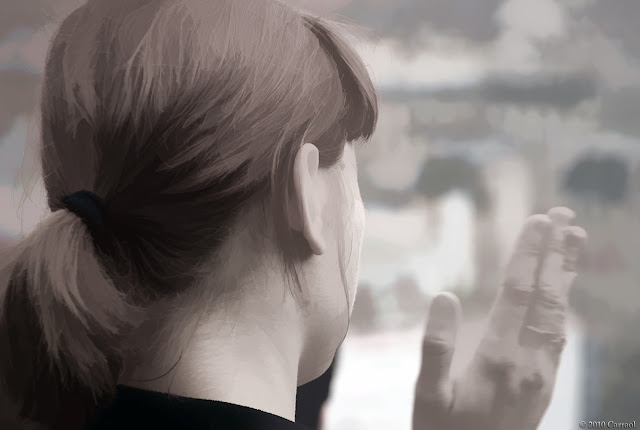 |
| Metro |
 |
| Noon: Rest from Work (After Millet) |
 |
| Self Portrait. 1889 Vincent van Gogh |
 |
| Portrait de la Baronne Robert de Domecy. 1900 Odilon Redon |
One must work and dare if one really wants to live.
- Vincent van Gogh
music+image
New York, Washington, Paris, Vienna, Eisenstadt, Venice, Firenze and Rome series try to continue in Sketches of Cities. (At Least Once A Week) Gracias por su visita. / Thanks for visiting, please be sure that I read each and every one of your kind comments and I appreciate them all.




















































